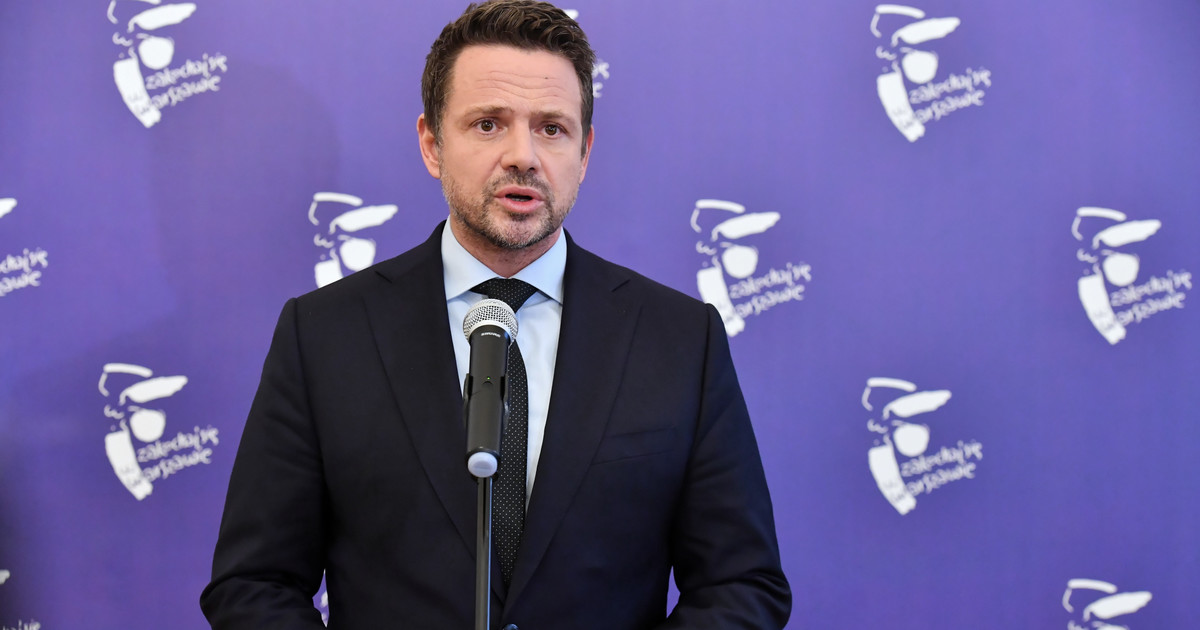America’s Key Strategy for Upcoming Emergencies in Guam and Australia
(Japan) on 4 December 2021
by Takao Toshikawa (link to original)
On Nov. 29, the Defense Department presented an outline of the Global Posture Review, a global review of America’s military policy.
As Assistant Secretary of Defense for Strategy, Plans and Capabilities Mara Karlin said at a press conference the same day, "China is the pacing challenge” for the department, and the Biden administration has made clear its intention to increase the U.S. military presence in the Indo-Pacific region, as indicated in the GPR.
In catchphrase terms, the plan is to accelerate the trend of shifting the focus of U.S. forces stationed overseas from the Middle East to the periphery of Asia with an eye on China, in other words, to sharpen the shift toward China.
In February, shortly after taking office, President Joe Biden instructed Secretary of Defense Lloyd Austin to draft a GPR, including a review of the deployment of U.S. military personnel and forces. At the same time, he announced that the National Defense Strategy itself would be revised and released early in 2022.
Although the details of the GPR have not yet been made public, the following is a summary formulated by a task force formed mainly by the Pentagon's Defense Intelligence Agency.
A Strategic Point of Reference for China
Specifically, the strategy will include the development and expansion of Andersen Air Force Base in Guam under the U.S. Indo-Pacific Command (Hawaii), which is the strategic point regarding China that Dr. Karlin mentioned at the press conference, and the Tindall Australia Air Force Base near Darwin in northern Australia, where the U.S. Air Force's F-22 fighters, F-35 state-of-the-art stealth fighters and B-2 stealth strategic bombers are deployed in rotation.
Guam is located on the U.S. front line facing China, while Australia is located in the Indo-Pacific region, and in early October, the Biden administration announced it would provide nuclear submarine technology and deploy nuclear submarines to Australia through AUKUS, a framework for security cooperation between the United States, Britain and Australia.
The outline of the GPR revealed that the U.S. was reinforcing its military bases in Guam and Australia, and also mentioned the construction of military facilities and the strengthening of military forces in the Pacific, including stationing an attack helicopter unit in South Korea. However, Dr. Karlin stated that there are currently no major changes in the deployment and strength of U.S. forces in Japan.
This is hard to believe. With the seriousness of the confrontation between the U.S. and China growing by the day, there is no reason why a review of the posture of U.S. forces in Japan should not be a major theme when a "Taiwan emergency" is envisioned.
A Taiwan Emergency Is a Japanese Emergency
In October, Taiwan's Tsai Ing-wen administration officially approved the presence of U.S. forces in Taiwan.
On Dec. 1, Prime Minister Fumio Kishida announced he would revise the Basic Policy on Foreign and Security Policy, the National Security Strategy by the end of 2022 in his policy speech at the 207th extraordinary Session of the Diet Dec. 6.
Coincidentally, on the same day, former Prime Minister Shinzo Abe participated in an online symposium organized by a private think tank in Taiwan, and in his keynote speech, said, "An armed invasion of Taiwan would pose a grave danger to Japan. The Taiwan emergency is a Japan emergency and also a Japan-U.S. alliance emergency. President Xi Jinping should not misunderstand this point of view.”
It is a well-known fact that Abe, who was invited by Taiwan to visit Taipei to attend this symposium, was considering meeting with President Tsai during his stay. Prime Minister Kishida met with Abe twice in person, on the evening of Nov. 17 (at Abe's office in the Diet) and again on the afternoon of Nov. 30 (at the prime minister's official residence). It is said that he persuaded Abe not to meet with Tsai because it would unnecessarily irritate China.
As you can see from this, the U.S. NDS and Japan NSS revisions themselves target China; the overreaction of China's Xi leadership is apparent.
President Biden is hosting an online Democracy Summit on Dec. 9 and Dec. 10, with democracy serving as the antidote to Chinese authoritarianism. The number of participating countries and regions will reach 110. China, as well as Russia, Turkey and Egypt, are not on the invitation list.

